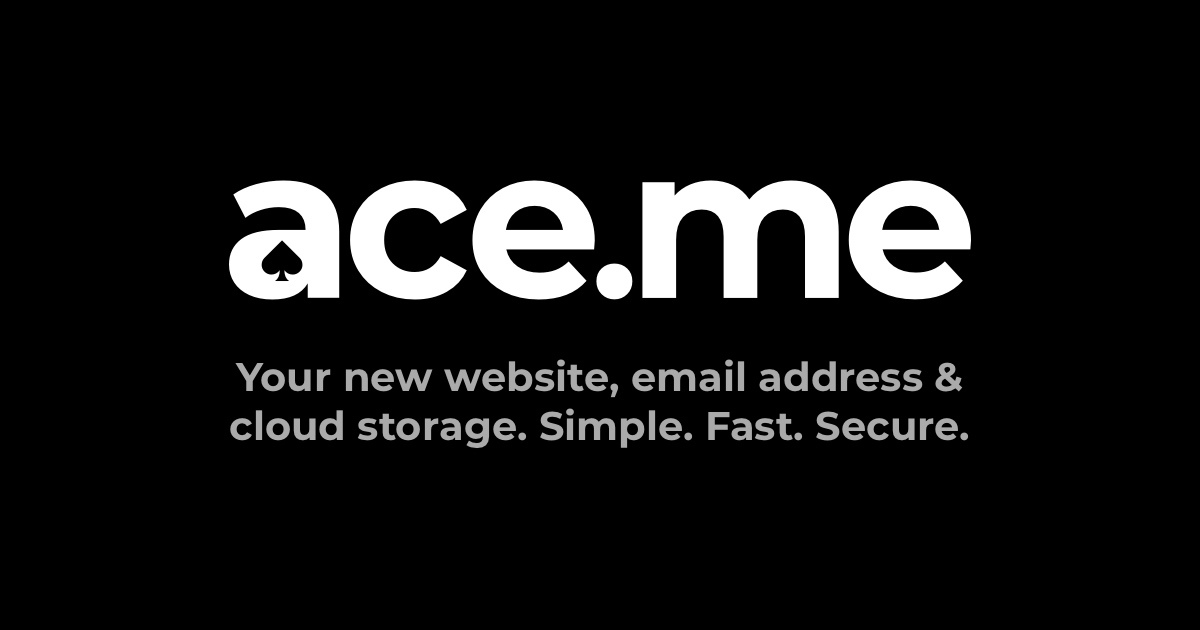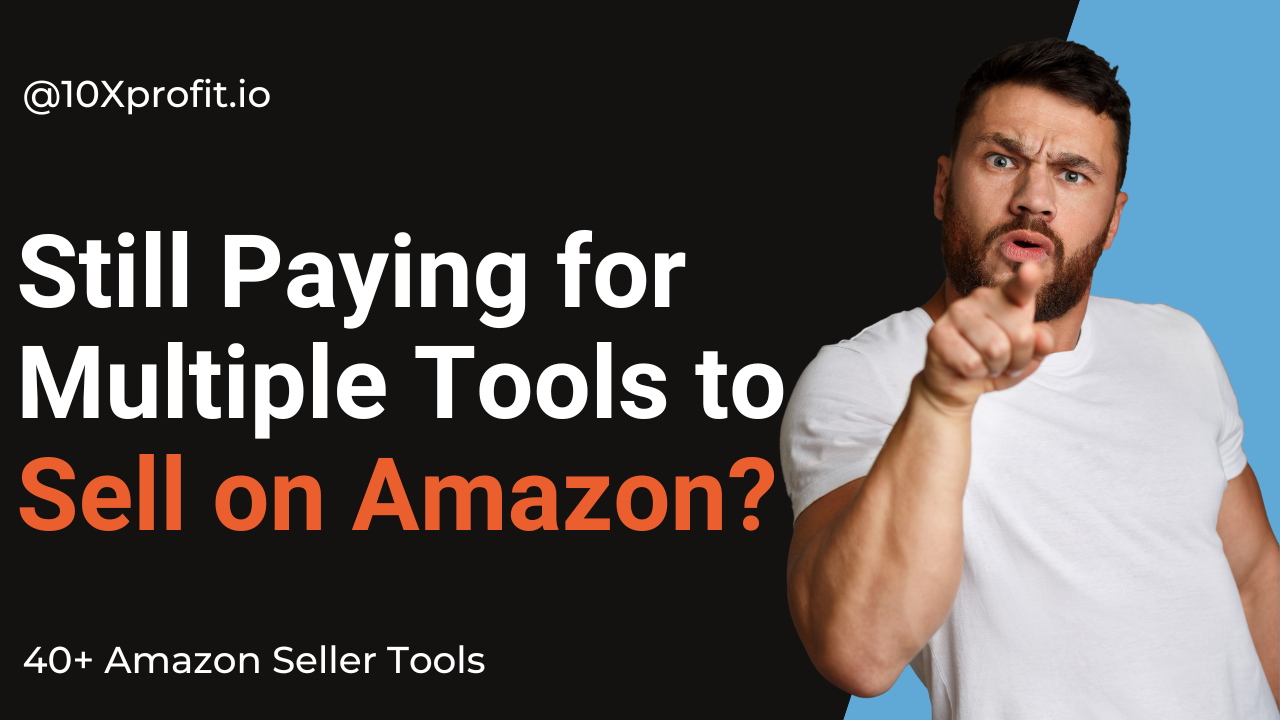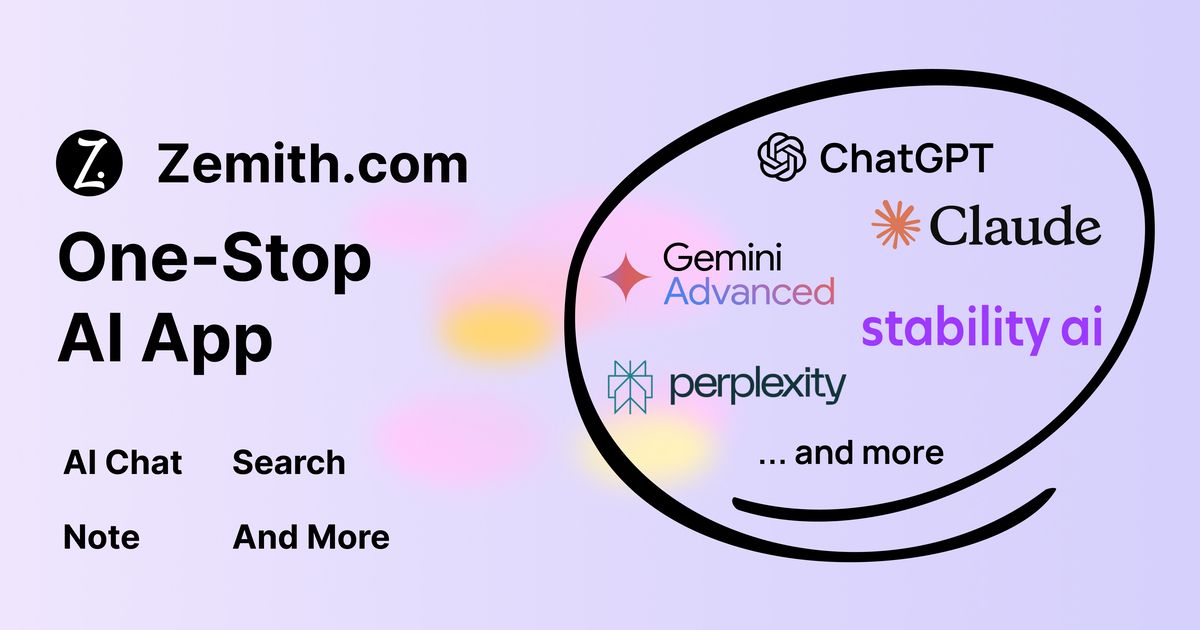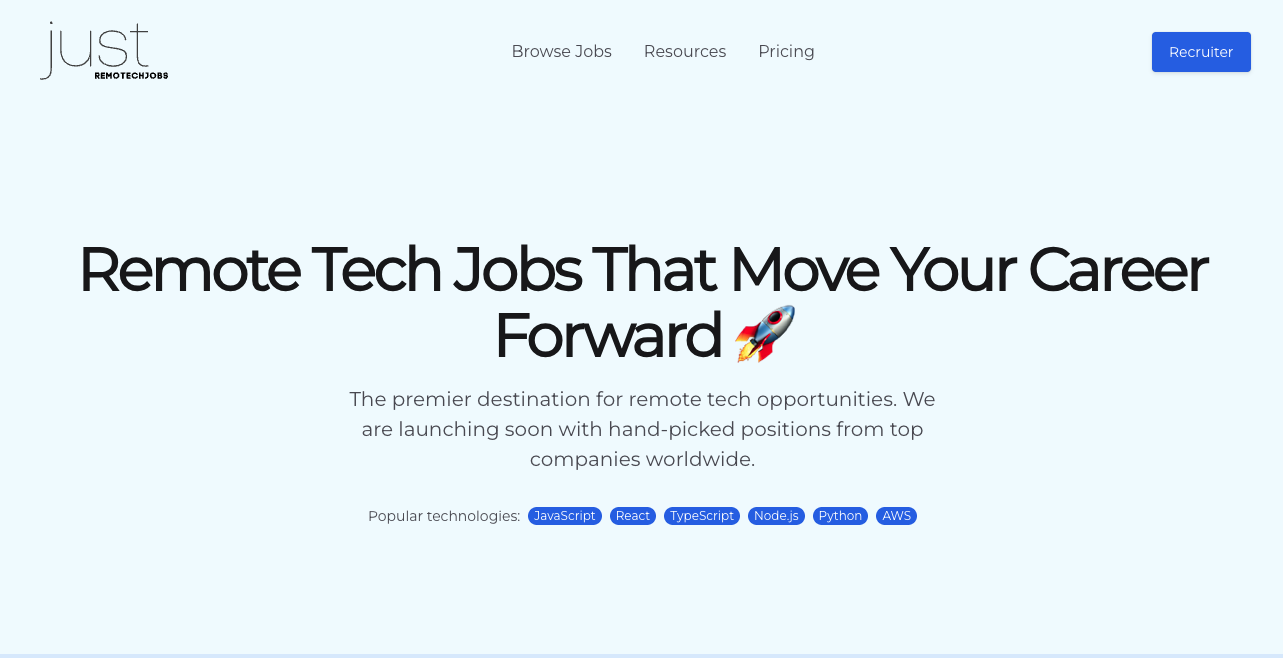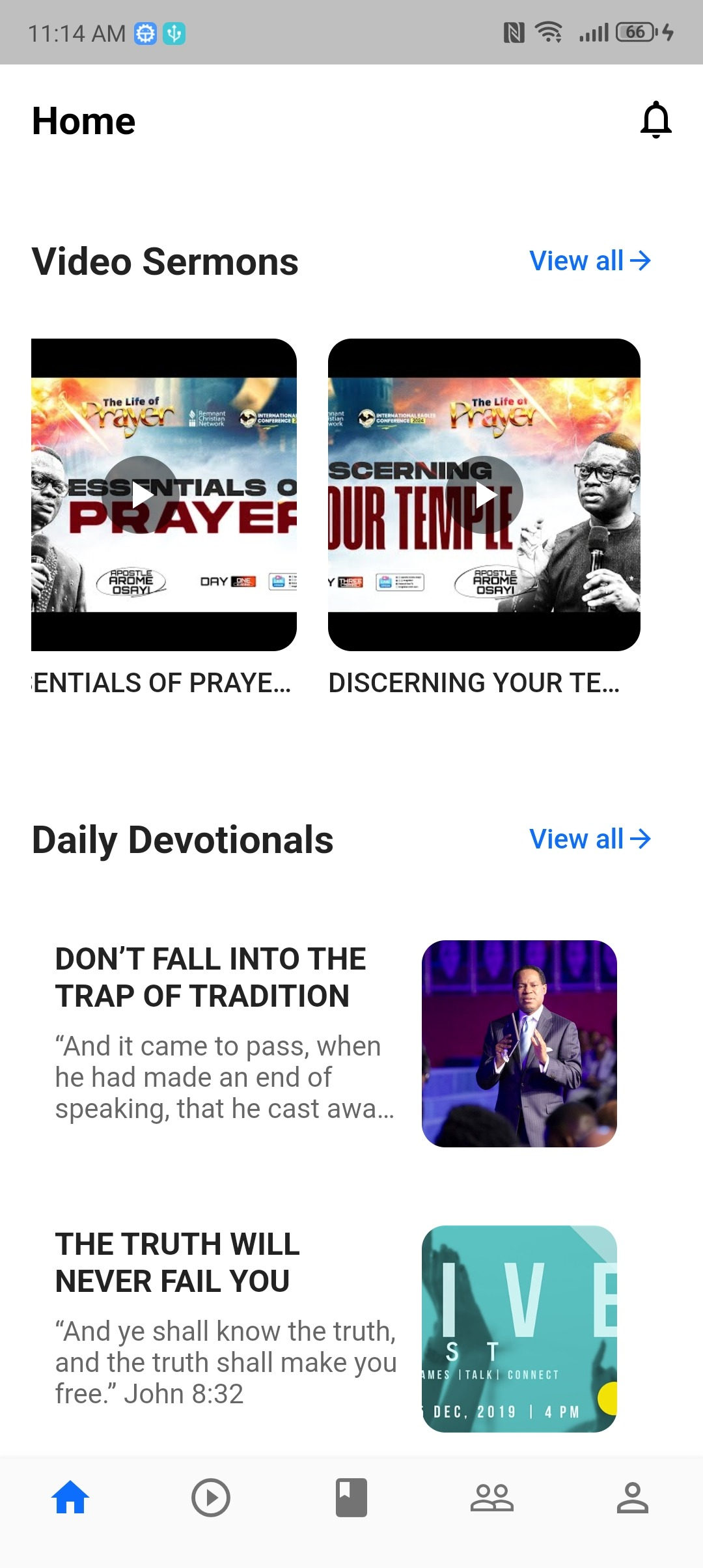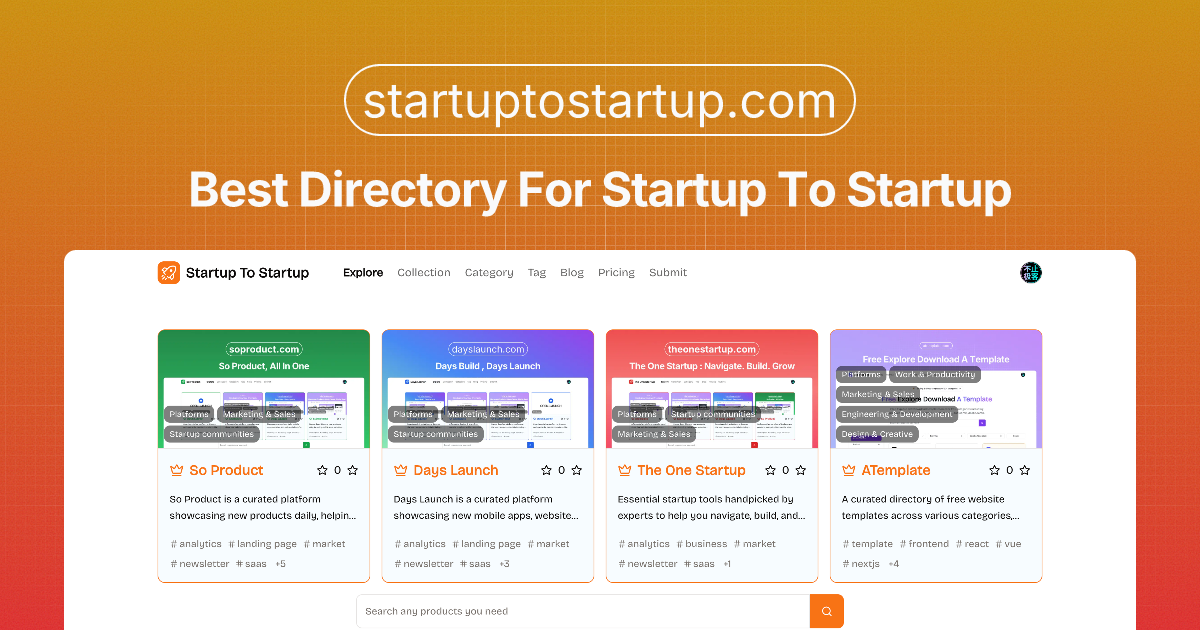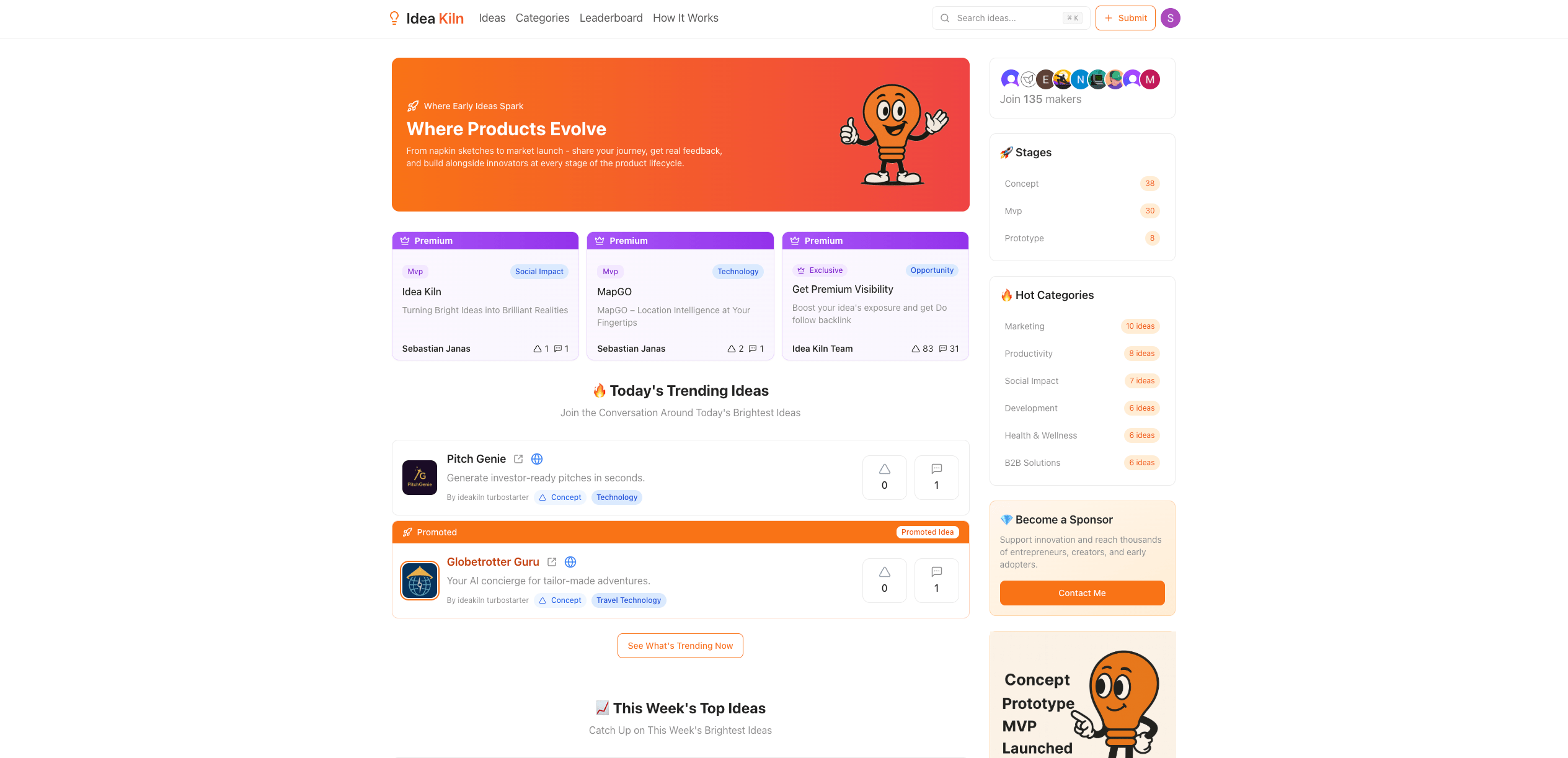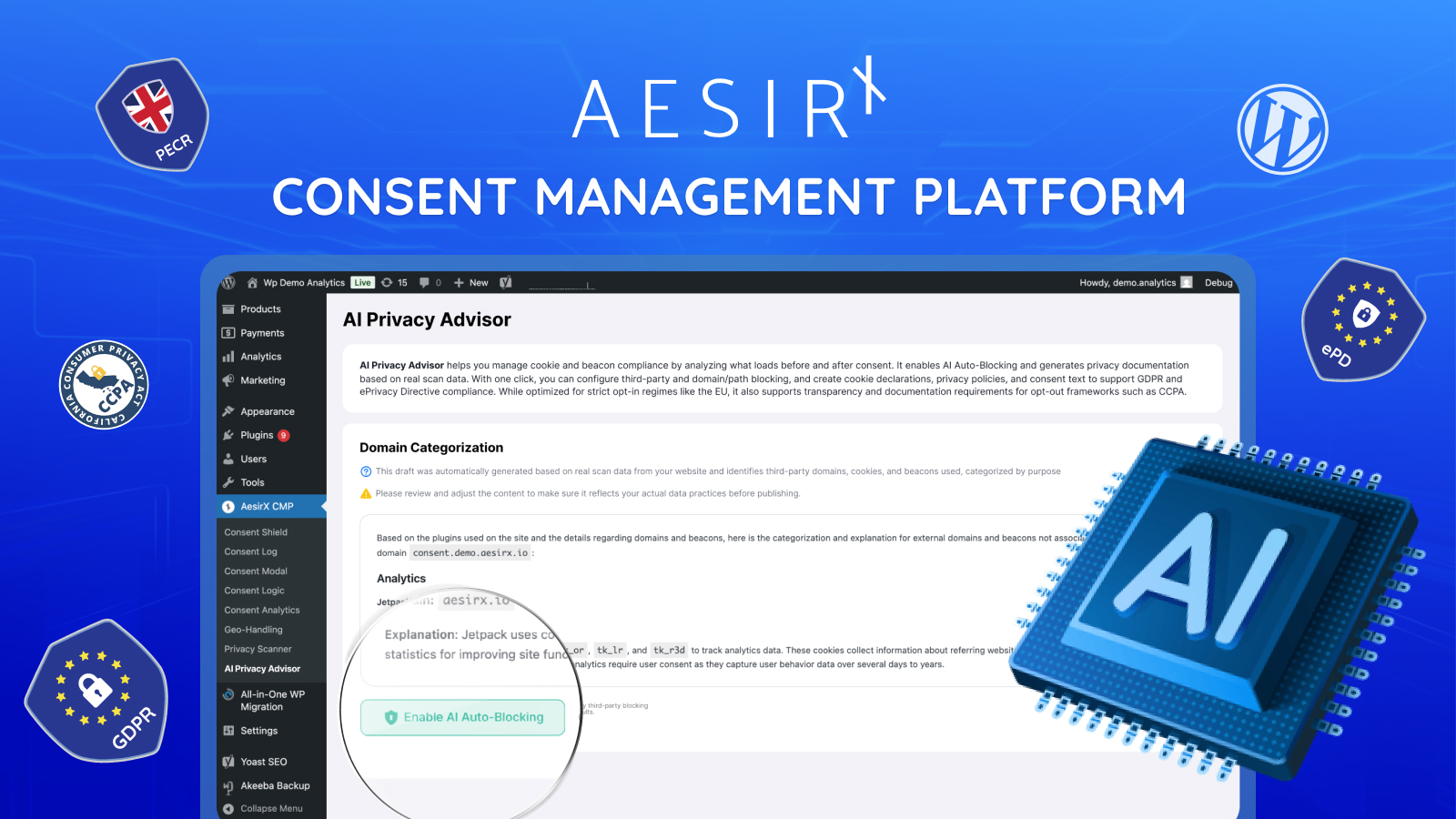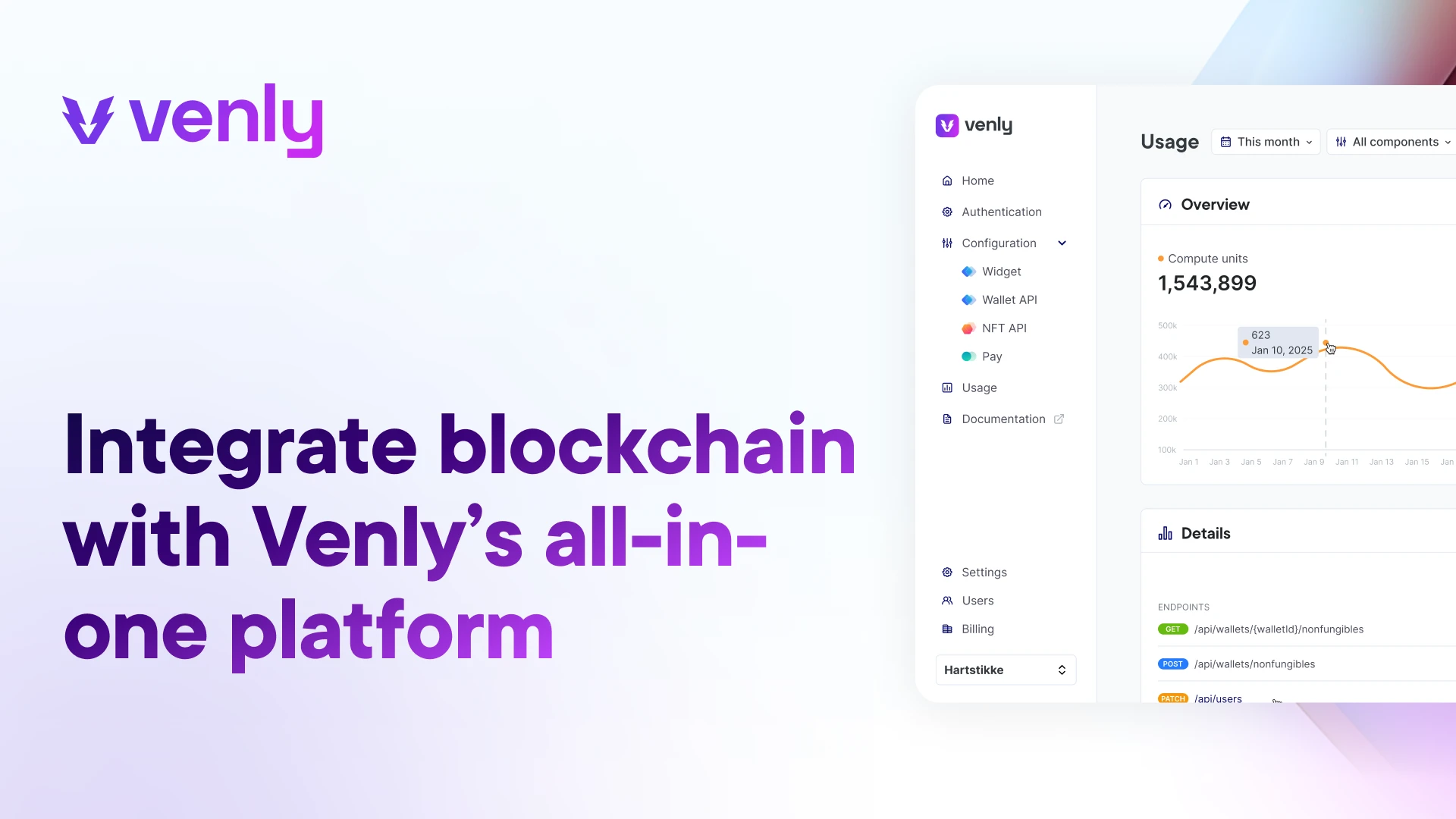Venly is a comprehensive Web3 technology provider designed to simplify blockchain integration for businesses and developers. It offers an all-in-one suite of tools, including powerful APIs and SDKs, enabling seamless adoption of blockchain functionalities into existing infrastructure. Venly aims to reduce complexity, allowing businesses to scale their Web3 products faster and more efficiently.
Key Features
Wallets as a Service API: Secure and easy-to-integrate digital wallets for user onboarding.
NFT API: Effortless creation, minting, transfer, and tracking of NFTs across multiple blockchains.
Token API (NEW): Simplified creation and management of ERC20 tokens.
Payments API: Enable Fiat-to-crypto and NFT payments directly on your platform.
Multichain Components: Craft personalized experiences across all EVM chains and more.
Plug and Play Integrations: Native integrations with industry leaders like Shopify, Stripe, Unity, Unreal, and Zapier for no-code automations.
Use Cases
Venly provides tailored Web3 solutions for a diverse range of industries. For Gaming, it empowers gameplay, streamlines player onboarding, fortifies security, and unlocks innovative monetization strategies. In E-commerce, Venly boosts engagement, ensures ongoing royalties for digital assets, and helps cultivate loyal communities by enabling the sale of digital assets in online stores.
The platform also supports Real World Assets (RWAs) by facilitating their tokenization, storage, and transfer. For Loyalty Programs, it transforms customers into fans through blockchain-powered incentives. Furthermore, Venly assists in building thriving communities with NFTs for Entertainment, adding blockchain capabilities to Digital Product Passports, and onboarding users at scale for various applications.
Pricing Information
Venly offers a 14-day free trial with no credit card required, allowing users to explore its capabilities. After the trial, pricing is available upon contacting their sales team, indicating a customized, paid plan structure tailored to business needs.
User Experience and Support
Venly is engineered for ease of use, allowing quick integration of blockchain into existing systems. Its intuitive APIs and SDKs (C#, JavaScript) streamline development. The platform boasts best-in-class security, with smart contracts audited by Least Authority and NonceAudit, and battle-tested reliability with 99.99% uptime. Unrivaled developer support is provided through comprehensive documentation, API references, quickstart guides, and a dedicated support system.
Technical Details
Venly's core offering revolves around its robust set of APIs (Wallet, NFT, Token, Payments) and SDKs (C#, JavaScript) designed for seamless integration. It supports all EVM chains and more, enabling broad blockchain compatibility. The platform emphasizes high security standards, with external audits ensuring the integrity of its smart contracts and systems.
Pros and Cons
Pros:
Simplifies complex blockchain integration.
Comprehensive suite of APIs (Wallets, NFTs, Tokens, Payments).
Extensive native integrations with popular platforms (Shopify, Unity, Stripe, Zapier).
High security standards and audited smart contracts.
Exceptional reliability with 99.99% uptime.
Strong developer support and documentation.
14-day free trial available.
Cons:
Pricing details require direct contact with sales.
While simplified, some blockchain concepts might still require a learning curve for new users.
Conclusion
Venly stands out as a powerful and reliable Web3 platform that significantly lowers the barrier to entry for businesses looking to leverage blockchain technology. By providing secure, scalable, and easy-to-integrate tools, it enables enterprises to innovate and expand their digital offerings effortlessly. Start building with Venly today and transform your business with Web3 capabilities.





